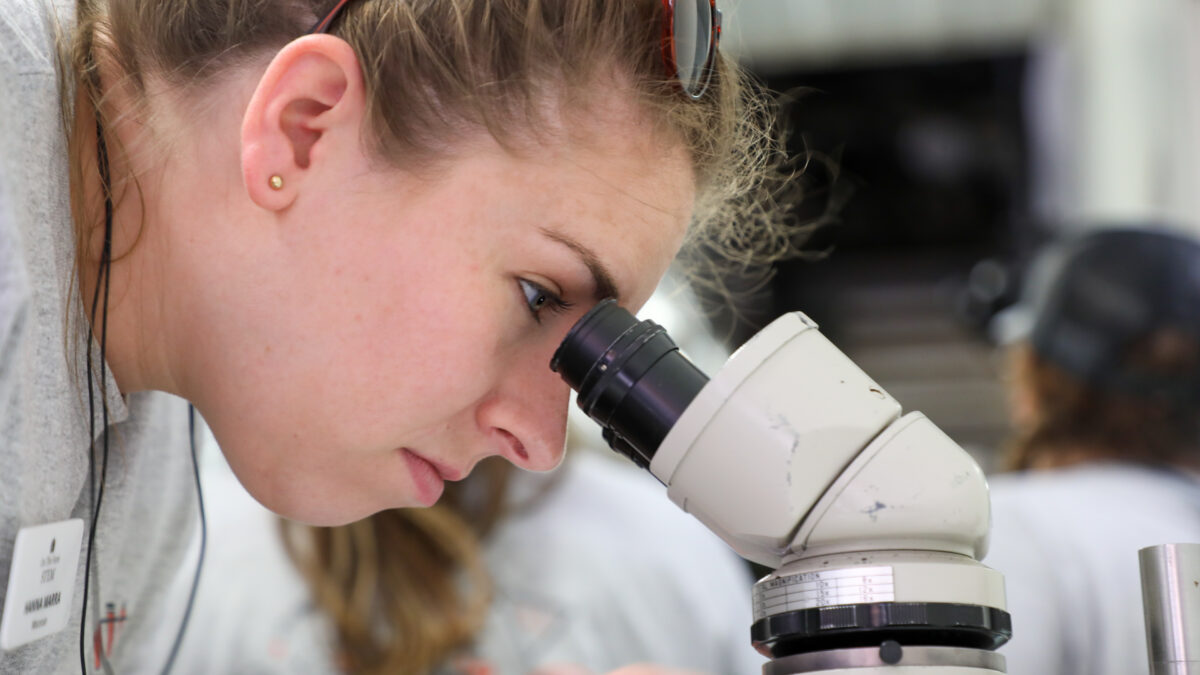Securing Agriculture
Greg Doering

photo credit: Right Eye Digital, Used with Permission
Greg Doering
The official dedication and ribbon cutting for the National Bio- and Agro-Defense Facility in Manhattan, Kansas, earlier this year is very welcome news. It also makes me feel old since the process to get here has taken nearly the entirety of my adult life.
Also known as NBAF, the facility is a state-of-the-art lab that will research animal diseases that can also infect humans and develop vaccines and anti-virals for some very nasty bugs. The facility is the replacement of the Plum Island Animal Disease Center off the coast of New York, which is more than six decades old. NBAF will investigate diseases like African Swine Fever, Nipah Virus, and foot and mouth disease, among others.
FMD is among the most contagious infectious diseases in the world, and an outbreak in the U.S. would cost billions of dollars to the livestock industry alone. Vaccines exist for individual strains, but there’s so many different varieties it’s impossible to fully protect against.
The center of the country may seem like an odd choice for a facility that will study some of the most dangerous diseases that threaten our food supply, agricultural economy and public health. But NBAF will anchor the so-called “animal health corridor” between Manhattan, Kansas, and Columbia, Missouri. The region is home to more than 300 animal health companies and accounts for 56% of total worldwide sales in the industry.
NBAF is poised to protect the nation’s food supply and human health from diseases both old and new for the coming decades.
NBAF will further leverage the existing networking, collaboration, education and training already present in the area to not just protect but strengthen our food supply. The research will extend beyond known pathogens to emerging diseases to better understand their impact on livestock and humans.
The lab biosafety designation is the highest level possible, making it the first of its kind in the U.S. dedicated to studying animal diseases. As recent history has shown, such pathogens can spillover to affect humans so the research is critical for early identification to minimize the impact on public health.
While the ribbon cutting marks the end of construction and testing of the building, it will take another year or two for the scientific mission to become fully operational. Once it does, it will also provide round-the-clock diagnostic testing to quickly identify suspected pathogens. The diagnostic lab will also provide training to federal and state veterinarians so they can better understand how outbreaks occur and how to combat them.
It’s been nearly 20 years since the federal government first announced it was seeking to replace the Plum Island facility. Those two decades are full of twists and turns in the site selection and funding processes, but NBAF is poised to protect the nation’s food supply and human health from diseases both old and new for the coming decades. In short, Kansas will be at the center of securing agriculture for the foreseeable future.
Greg Doering is a writer and photographer at Kansas Farm Bureau. This column was originally published as a Kansas Farm Bureau Insight column.
Top Issues
VIEW ALL